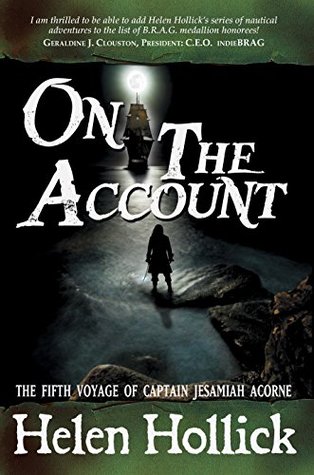Quercus
August 2016
A bit of blurb..
Nancy de Freitas is the glue that holds her family together. Caught between her ageing, ailing mother Frances, and her struggling daughter Louise, frequent user of Nancy's babysitting services, it seems Nancy's fate is to quietly go on shouldering the burden of responsibility for all four generations. Her divorce four years ago put paid to any thoughts of a partner to share her later years with. Now it looks like her family is all she has.
Then she meets Jim. Smoker, drinker, unsuccessful country singer and wearer of cowboy boots, he should be completely unsuited to the very together Nancy. And yet, there is a real spark.
But Nancy's family don't trust Jim one bit. They're convinced he'll break her heart, maybe run off with her money - he certainly distracts her from her family responsibilities.
Can she be brave enough to follow her heart? Or will she remain glued to her family's side and walk away from one last chance for love?
My thoughts about the book..
The Lavender House opens with its protagonist enjoying an episode
of the Archers on BBC Radio 4. Nancy de Freitas is preparing supper when her
husband, Christopher tells her quite calmly that he is leaving her for his
lover Tatjana, a singer in a madrigal group. This could only be middle England
and Nancy so typical of a woman in her sixties, now finds that her new husbandless
state is defined by her role as daughter, mother and grandmother but no longer as a lover. Holding her family together is what keeps Nancy ticking over, that is,
until she decides to take back control of her life and take a chance on living
again.
What I loved about The Lavender House was the openness of
its characters, who all add such depth to the story that after a while it seems
like you are spending time with friends and enjoying the minutiae of their live.
Within the story there is sharp observation about the vagaries of human nature,
I enjoyed recognising those wonderful quirky traits which can be found in most
families.
The author writes well and, with warmth
and wit, gives us a beautifully observed story about a love affair in later
life which is fraught with complications but which, with perseverance and
determination, shows that love really can conquer all.
Best Read with … A Large glass of
Pinot Grigio and a dish of salted almonds.
About the author
Hilary Boyd trained as a nurse at Great Ormond Street Hospital, then as a marriage guidance counselor. After a degree in English Literature at London University in her thirties, she moved into health journalism, writing a Mind, Body, Spirit column for the Daily Express. She published six non-fiction books on health-related subjects before turning to fiction and writing a string of bestsellers, starting with Thursdays in the Park. Hilary is married to film director/producer Don Boyd.
Twitter @HilaryBoyd



Twitter @HilaryBoyd
My thanks to the team at Quercus for the invitation to be part of their summer reading group
#QuercusSummer



My review of Last Dance in Havana click here
My review of Florence Grace click here
~***~

























